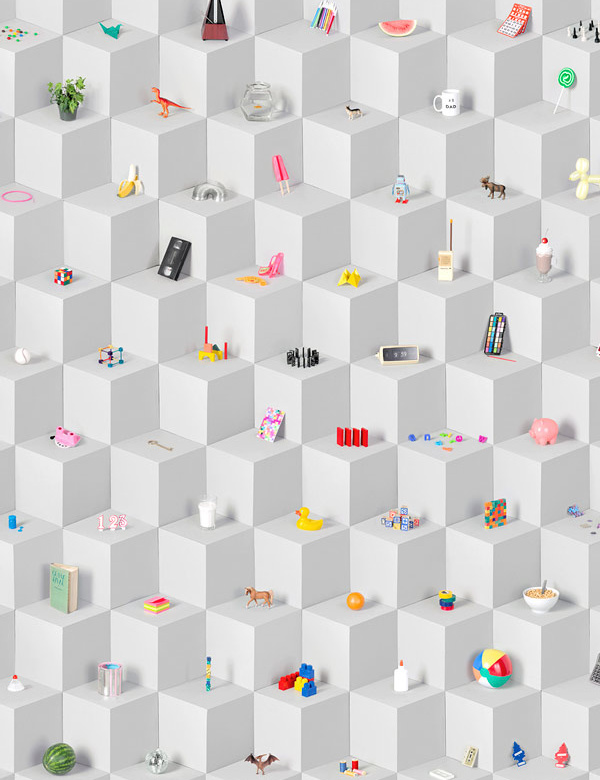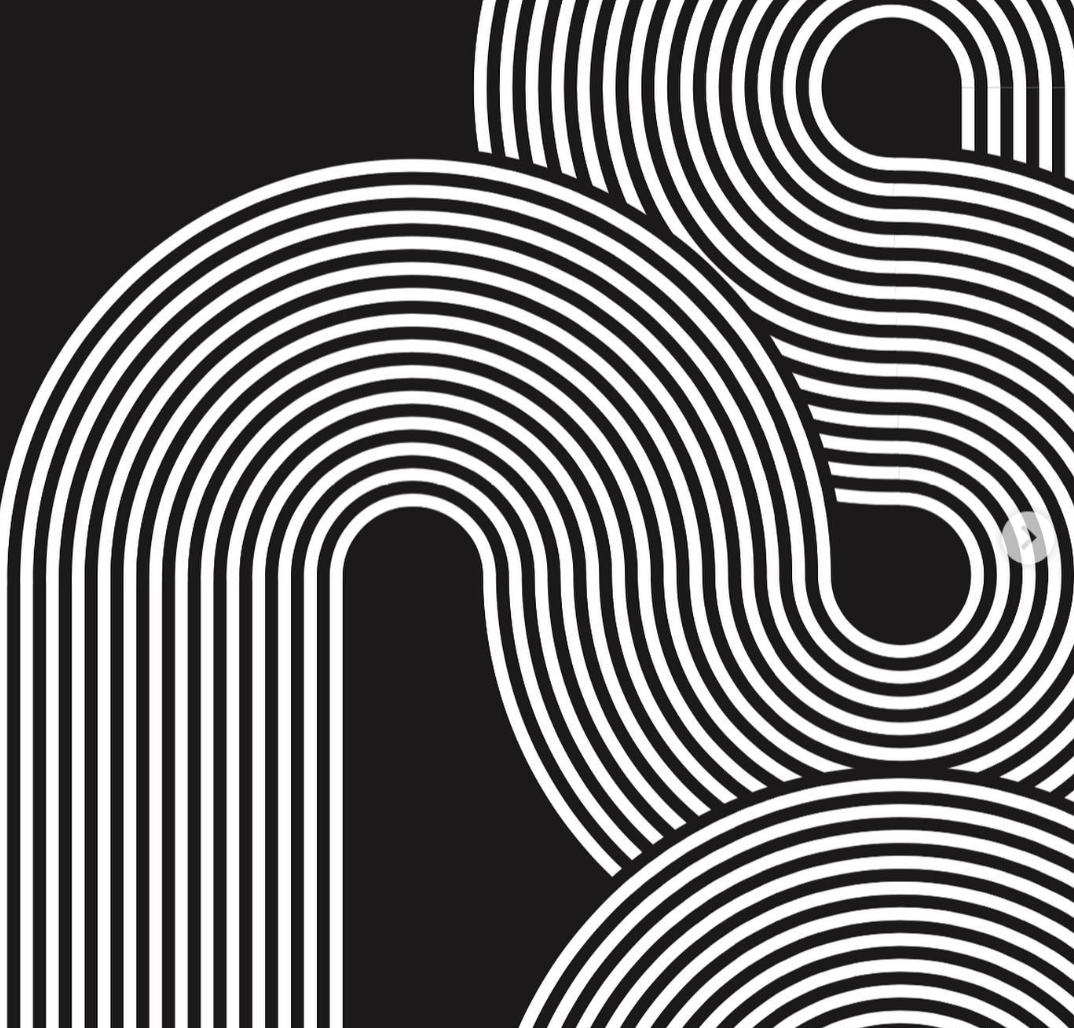
- Teacher: Imogen Oke-Janetzki
- Teacher: Trish Peach

SUBJECT OVERVIEW: The Visual Communication Design study examines the way visual language
can be used to convey ideas, information and messages in the fields of
communication, environmental and industrial design. Designers create and
communicate through visual means to influence everyday life for individuals,
communities and societies. Visual communication design relies on drawing as the
primary component of visual language to support the conception and
visualisation of ideas. Consequently, the study emphasises the importance of
developing a variety of drawing skills to visualise thinking and to present
potential solutions. Students employ a design process to generate and develop
visual communications. The design process provides a structure to organise
design thinking and is shaped by considerations of aesthetics and
functionality, as well as social, cultural, environmental and economic factors.
Students develop the skills to communicate ideas through manipulation and
organisation of design elements, design principles, selected media, materials
and methods of production. Creative, critical and reflective thinking supports
students to progress through the design process. Throughout the study students
explore manual and digital methods to develop and refine presentations. During
their study students have the opportunity to investigate the work and practices
of contemporary designers. Through their research they build an understanding
of the important role of visual communication design within society. They are
able to draw upon this knowledge as inspiration to support the development of
their own visual communication design work. With practice, students gain
confidence in using visual language and are supported to reflect on and
critique their own and others’ visual communications. VCE Visual Communication
Design 2018–2023
- Teacher: Trish Peach
- Teacher: Daniella Tigani

